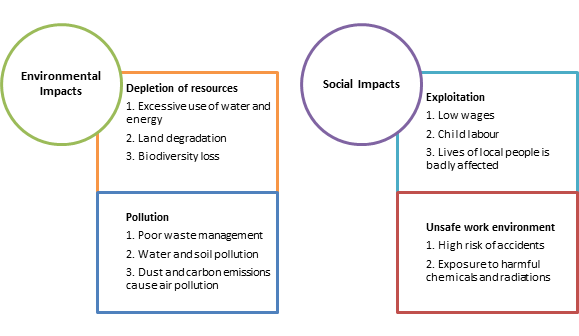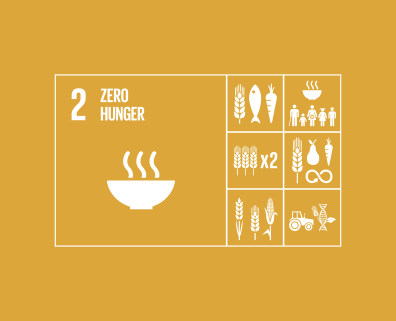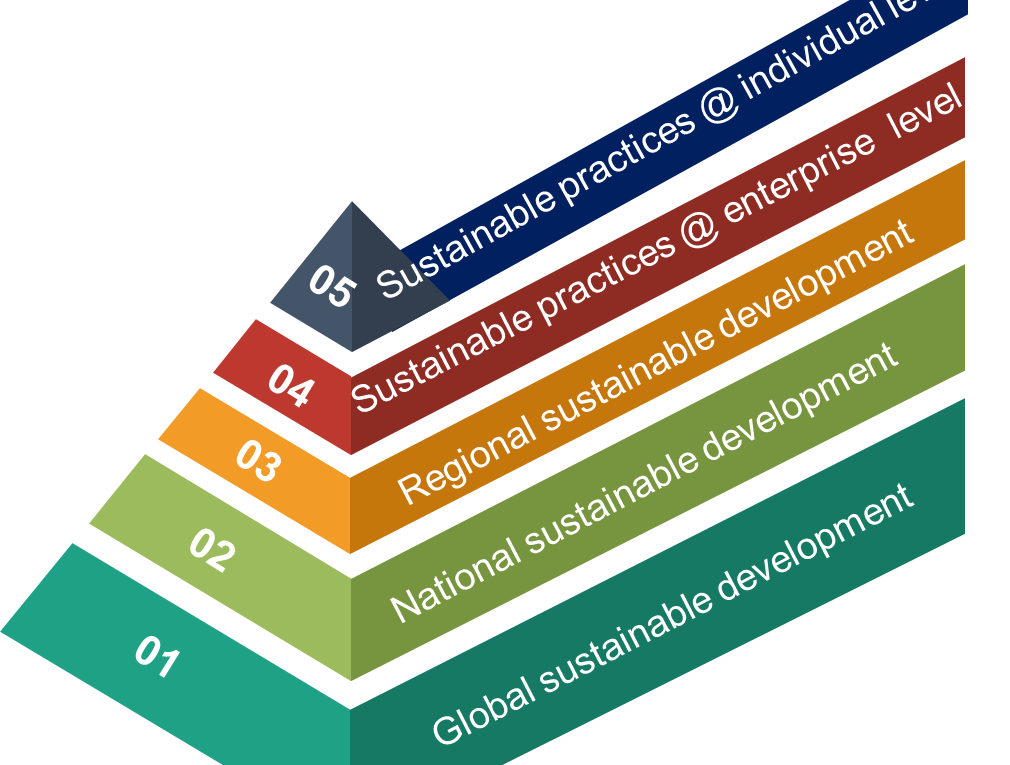The term “sustainable mining” sounds more like an oxymoron as both these processes have opposing effects; sustainability leads to availability of resources for future generations, while mining leads to depletion of resources. Is it possible to save resources for future generations, when we have been extracting them extensively for centuries?
It is actually not possible, as these resources are limited, and might get exhausted someday. Does this mean we should stop mining? Minerals and other resources that are obtained through the process of mining play an important part in our everyday living. Fuels, rocks, metals, and other minerals are needed by humans for carrying out various activities, right from cooking to building mega structures, and are used as raw materials for manufacturing numerous products which make our lives easier, safer, faster, and better.
Mining cannot be banished, but its ill-effects could be minimized to a great extent, by adopting sustainable practices.
For achieving sustainability in mining, we must first learn about the negative impacts of mining on the environment and on the lives of people involved in mining activities and even those living in areas close to mining sites.
Negative impacts of mining:

Sustainable mining strategy can be designed, considering theses negative impacts, and bringing about changes throughout the mining process, in order to lessen these impacts. Mining companies first need to identify the areas or techniques that are responsible for causing negative impact, and revise these techniques. Sustainable practices need to be followed at various stages and levels of mining operations, for attaining overall sustainability.
Sustainability path

Responsible consumption of resources
Water
The conventional mining practices require large volumes of water, including both ground and surface water. Mining companies must revise their mineral extraction techniques that require water for separation of materials, and switch to drier methods. Treatment and reuse of wastewater can bring both environmental and economic benefits to mining companies.
Land
While carrying out mining activities, land is the worst-hit area. Right from exploration stage to shutting down of mines, the land used for mining, keeps degrading.
The impacts of mining on land
- Soil erosion and scarring of land
- Deforestation and Bio-diversity loss
- Exposure to chemicals
- Displacement of people
Sustainable solutions
- Use of artificial intelligence for exploration of minerals, can help reduce land degradation
- Exploring new sites like deep –sea and asteroids, is undoubtedly an expensive business, but can definitely help prevent land degradation and ecological imbalance. Extraction of minerals from near-earth celestial bodies is presently at planning stages, but i is surely the future of mining
- Bioleaching – use of living organisms for extracting metals from their ores, is an eco-friendly mining technique. Although it is a much slower process, it can greatly reduce the environmental impacts of mining, as it minimizes use of chemicals.
- In some cases, mines are developed close to a residential area, and affect the lives of local population. Many people are forced to leave their homes and relocate. Mining companies must take care of the relocation of these people or provide necessary aid to them.
Environment–friendly mining techniques
- Renewable energy
Use of renewable energy sources for mining activities can reduce air pollution caused due to carbon emissions during mining activities
Using natural gas as fuel, in place of coal, can further reduce carbon emissions
- Effective waste management
Mining is a wasteful process. Around 15 billion tonnes of waste is generated through metal mining each year. If left untreated, this waste harms the environment. However, this waste can be treated and reused effectively and can lead to sustainability;
- Large amount of mining waste can be used to produce construction material
- Wastewater can be treated and reused during mining operations
- Dust suppression techniques like sprinklers, can be used to reduce air-pollution
- Law – enforcement
Illegal mining activities are more hazardous for environment than the legal ones. Government needs to impose strict laws against such activities to protect the environment. Government also needs to monitor and measure the environmental and social impacts of mining, and impose strict laws to regulate the same.
Providing safe and healthy work environment
Safety of workers is a big concern for mining industry, and must be maintained throughout the entire process of mining as the workers have to work under difficult conditions and are exposed to harmful chemicals and other high risk factors. Child labour and exploitation of workers are also seen as common practices among illegal mining activities.
- Avoid child labour and overworking
- Train employers and employees to maintain safety standards
- Strictly follow safety measures and minimize risk
Restoration of land after shutting down of mines
Most of the mineral deposits in India are found under forest covers and mining is therefore a major cause of deforestation. Since the mineral reserves in a particular region are limited, mines are shut down once all valuable materials get exhausted. Mining leaves behind, a degraded land, polluted water and contaminated soil. This land can be treated, restored and reclaimed to provide environmental and economic benefits to local population. The restoration of mined land should be carried out in a sustainable manner, by following some necessary steps:
- Study the environmental and socio-economic structure of the region
- Develop a restoration plan, compatible with neighbouring land uses
- Remove hazardous waste
- Treat contaminated soil and water
- Restore the top soil
- Re-vegetate the land
The land can further be used for various purposes, based on the feasibility analysis.
Some examples of land-use of restored mines are:
- Reforestation
- Agriculture
- Infrastructure development
- Residential or commercial establishment
If Sustainability strategy is designed right at beginning of developing a plan for mining, it can improve productivity and profitability of the mine, protect the environment, and provide local population with employment opportunities and thus contribute to the overall development of the region.


